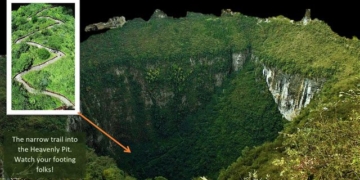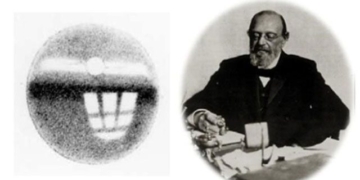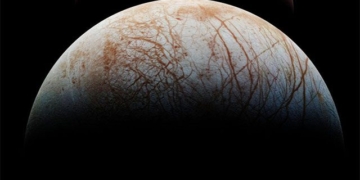 |
| The visible surface of the Moon with its craters (Photo: ESA) |
Anyone who has observed the Moon through a telescope can attest: the numerous craters on its surface clearly indicate a history of intense asteroid bombardment in the past. But how long ago did this occur?
Analysis of lunar rock samples obtained from the Apollo program reveals that the Moon, and possibly Earth, experienced this catastrophic period approximately 3.9 billion years ago.
These research findings by Professor Robert Duncan from the University of Oregon were published in the journal of the “International Meteor Society”. The age of the rock samples, analyzed using radiation measurement techniques, indicates that this intense activity occurred roughly between 3.8 and 4 billion years ago.
This period is particularly intriguing to scientists because it coincides with the emergence of life on Earth. It raises the question of whether these asteroids could have brought extraterrestrial life to Earth. Currently, there is no definitive answer to this question.
What caused this phenomenon? It could be the result of collisions involving comets in the asteroid belt or perhaps even a collision between hypothetical planets 10 and 11 in the solar system.
Analyzing lunar rock samples provides further insights into the early stages of the solar system. Earth’s rock samples are less conducive to such discoveries, as tectonic activity continuously renews Earth’s crust, erasing the oldest traces.
— — — — —
Article contributed by reader Trí Quãng to khoahoc.tv
Translated from “Sciences et Avenir 13-4-2006”




















































